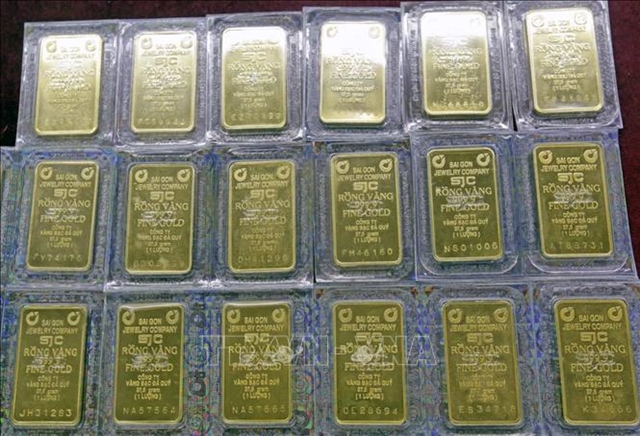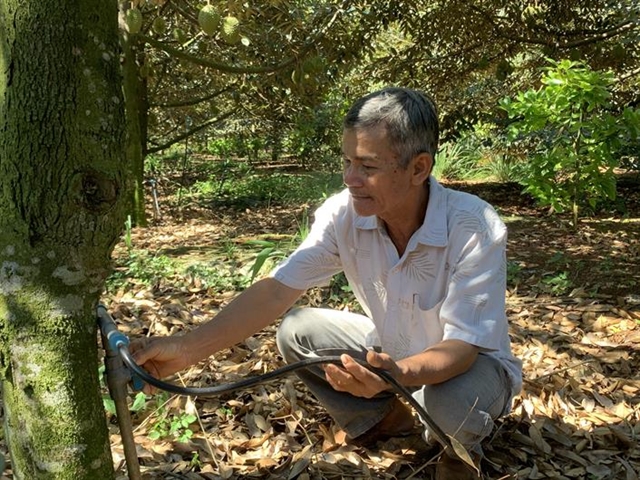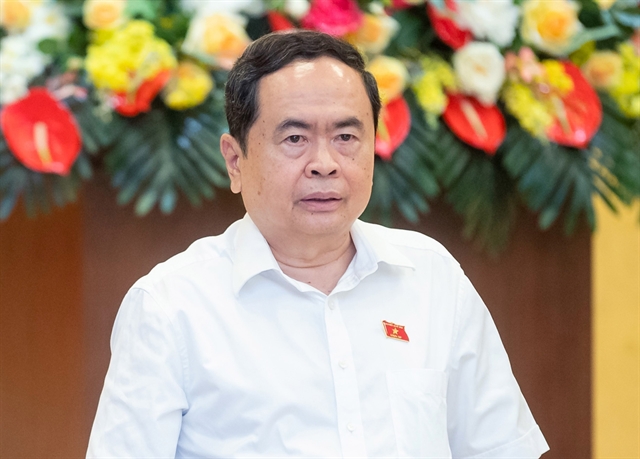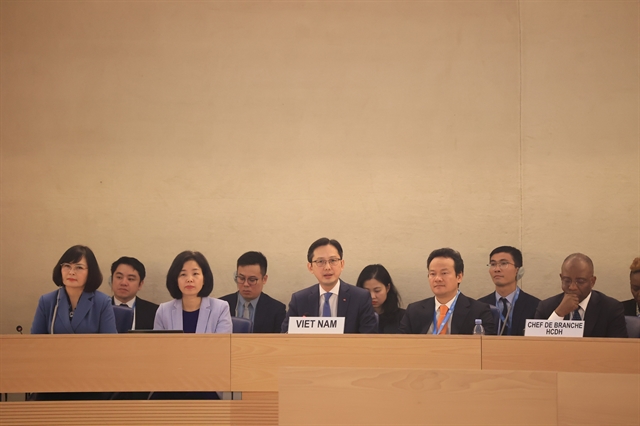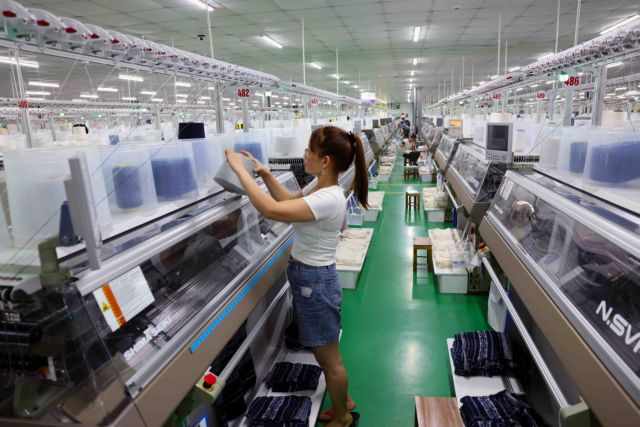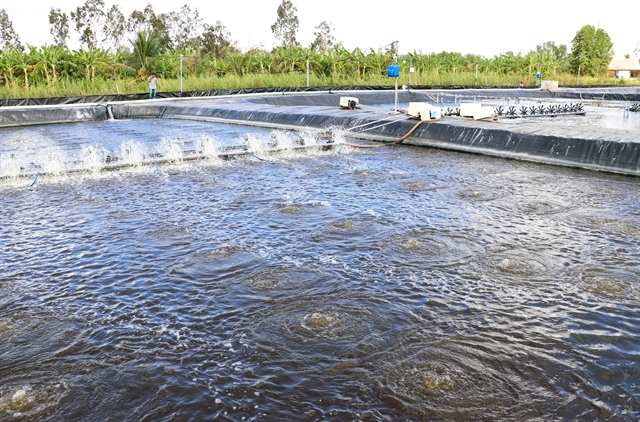 Society
Society

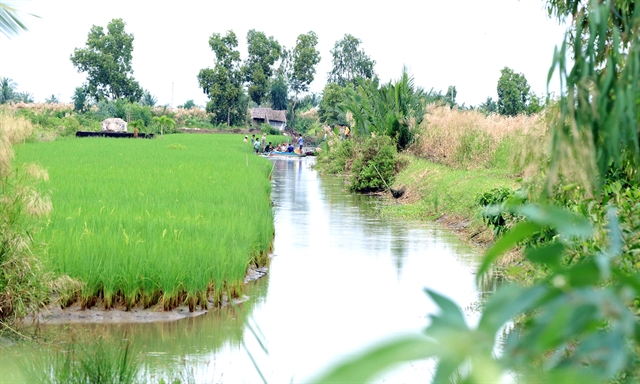 |
| A rice-shrimp field in Cà Mau Province. The province is expanding nature-based shrimp farming models especially in areas threatened by climate change. — VNA/VNS Photo Huỳnh Anh |
CÀ MAU — Cà Mau Province is expanding nature-based shrimp farming models that adapt to climate change, protect the environment and produce clean products.
They include breeding shrimp and other aquatic creatures in mangrove forests and rice fields.
The country’s southernmost province also has its largest mangrove area and thus advantages for developing a nature-based model for breeding shrimp and other aquatic species in the forests.
The model helps protect mangrove forests and produce clean products as shrimp and other aquatic species subsist on natural foods from the forests.
Trần Minh Trí in Ngọc Hiển District’s Viên An Đông Commune breeds shrimp in a 15ha mangrove forest and earns VNĐ700 million (US$27,500) a year.
He said: “We only choose the best shrimp fry to breed and they eat natural food. When harvested, the shrimp have guaranteed outlets and are used for processing for exports.”
The district has more than 53,000ha of shrimp-forest farming, including 15,000ha with international quality certificates such as global good agricultural practices (GlobalGAP) and organic standards.
The province, the country’s largest shrimp producer, has 25,000ha with international quality certification.
Châu Công Bằng, deputy director of its Department of Agriculture and Rural Development, said the income from breeding shrimp in forests, especially to international standards, is stable.
Besides the model’s main produce, black tiger-shrimp, farmers also get an additional income from breeding mud crabs, fish and blood cockles, he said.
“Many households had a difficult life before adopting the model. But now, with international standards, they have become wealthy, are aware of their responsibility to adopt breeding techniques taught to them and not use toxic chemicals and contribute to protecting the forests and environment," Bằng added.
The province, in co-operation with shrimp processing companies, also guarantees outlets for their shrimp and improves the added value.
To further develop the model sustainably, the province began a project to expand it to adapt to climate change at the beginning of this year.
The project is implemented on 2,500ha and 700 households in Năm Căn District’s Lâm Hải Commune are participating in it.
The province, bordered by the sea on three sides, is severely impacted by climate change, especially saltwater intrusion in coastal areas, which affects rice farming in the dry season but is conducive for shrimp farming.
Farmers here breed organic shrimp in rice fields in coastal areas in the dry season and grow rice in the rainy season.
Thới Bình District has the largest area under rice-shrimp farming in Cà Mau, 20,000ha.
The Trí Lực rice-shrimp co-operative in the district is carrying out organic farming on 50ha.
Its shrimp have been granted the Aquaculture Stewardship Council (ASC) certificate.
“When rice is certified as organic and shrimp gets ASC certification, they are guaranteed outlets and have prices higher than market prices,” Lê Văn Mưa, the co-operative’s director, said.
“So the co-operative’s members have high incomes averaging VNĐ150 million (US$5,900) per hectare per year.”
The province has more than 40,000ha of rice-shrimp farming area.
Mã Huy, deputy director of the Cà Mau Agriculture and Fishery Extension Centre, said rice-shrimp farming is a “smart, unique” and nature-based model.
The rotation between rice and shrimp has prevented the spread of disease pathogens.
After the shrimp crop, the creatures’ wastes fertilise rice plants, and after the rice crop, straw and stubbles decompose and stimulate the growth of small organisms that serve as food for the crustaceans.
Farmers do not use pesticides and use only a little fertiliser for growing rice under the model, and it makes for clean rice and shrimp.
The province has a total of 280,000ha of shrimp, or 40 per cent of the country’s total, and output of more than 200,000 tonnes a year. — VNS



